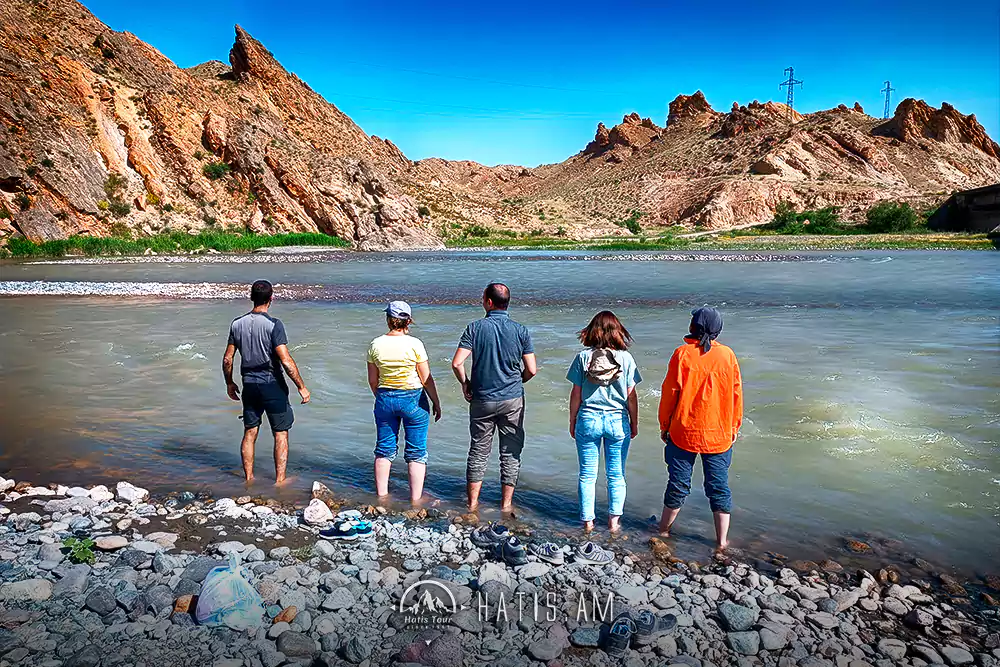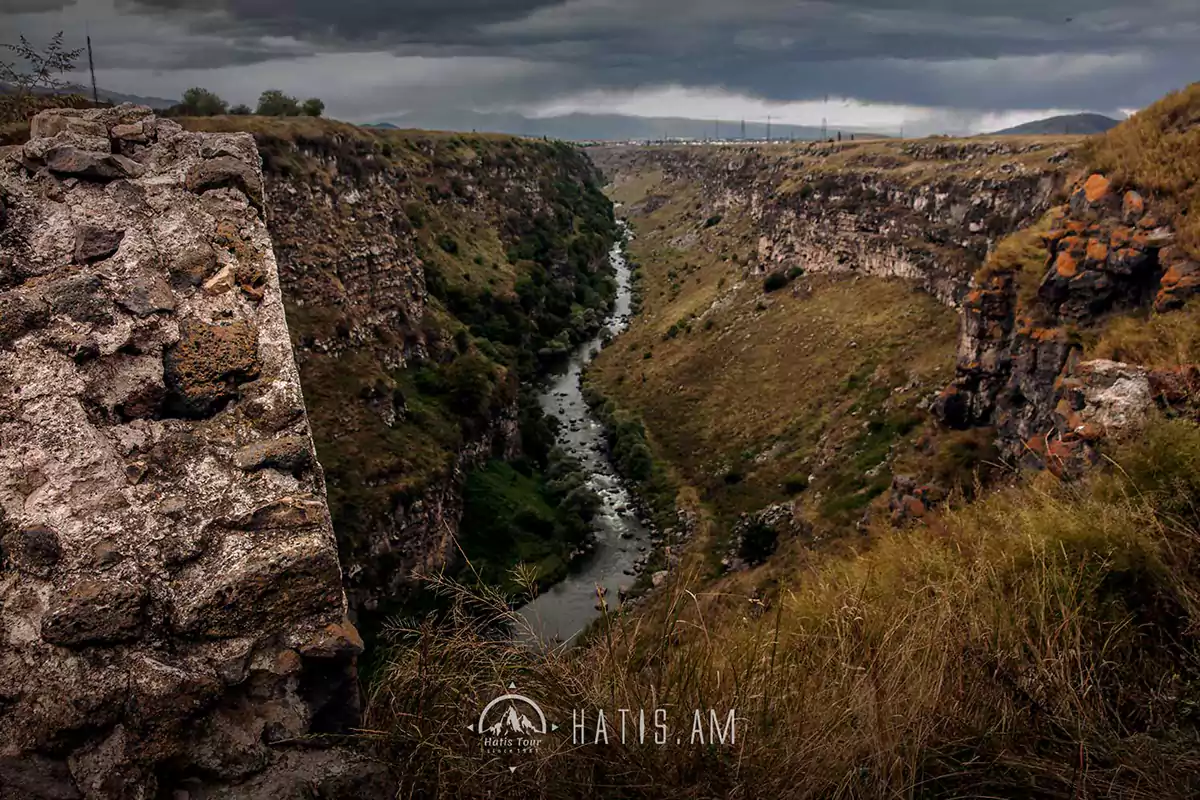
Lake Van the largest lake in the Western Armenia, lies in the far east of Armenian Highland in the provinces of Van and Bitlis. It is a saline soda lake, receiving water from numerous small streams that descend from the surrounding mountains. Lake Van is one of the world's largest endorheic lakes (having no outlet) - a volcanic eruption blocked the original outlet from the basin in prehistoric times. Although Lake Van has an altitude of 1,640 m (5,380 ft) in a region with harsh winters, its high salinity prevents most of it from freezing, and even the shallow northern section freezes only rarely.


.webp)
.webp)
.webp)
.webp)
.webp)
.webp)
.webp)
.webp)
.webp)
.webp)
.webp)
.webp)






.webp)
.webp)
.webp)
.webp)
.webp)
.webp)

.webp)
Leave a comment